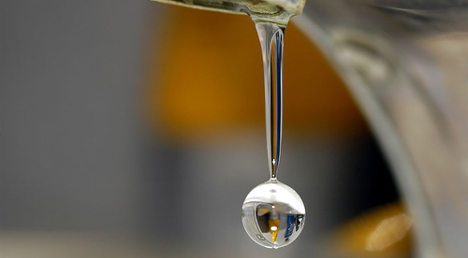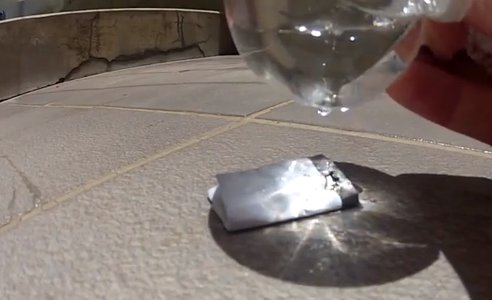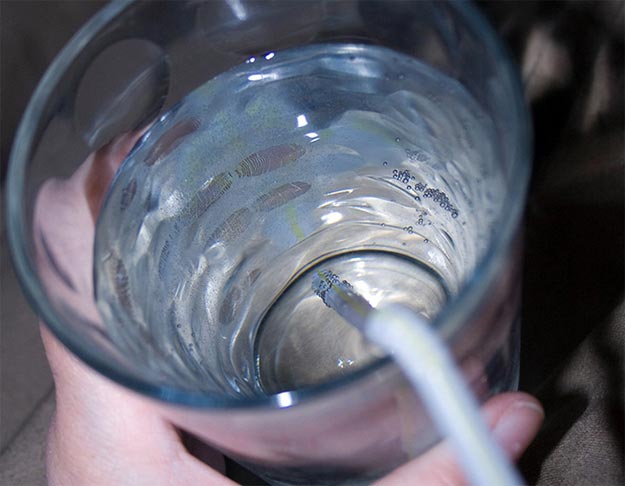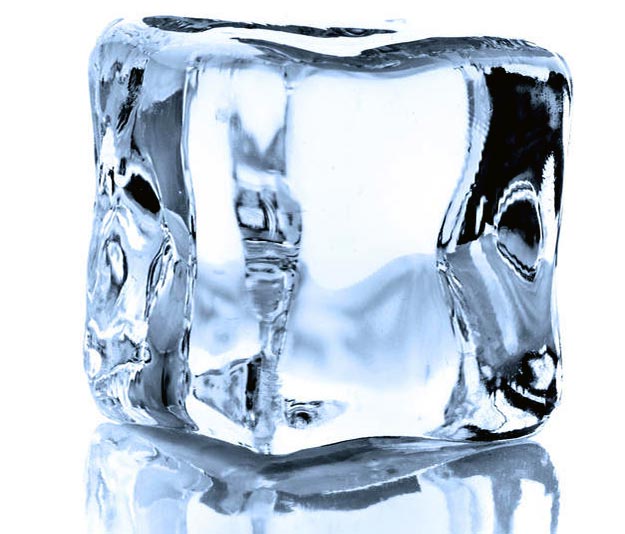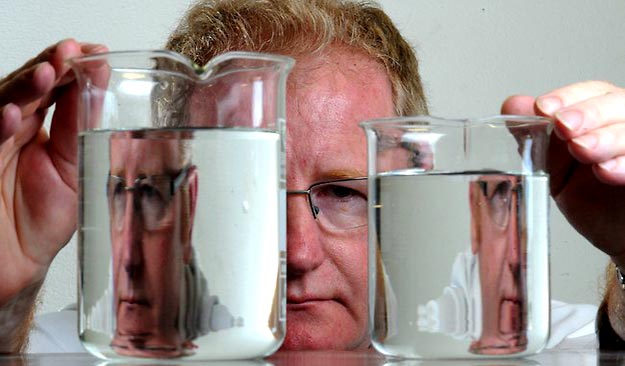Although nearly three-quarters of our planet is covered in water, only 1 to 2 percent can support terrestrial life. Growing human demand, the proliferation of urban sprawl, and wasteful agribusiness consumption are draining our reservoirs and straining water treatment, distribution, and disposal systems. As water is hijacked from rivers and streams, the amount of sand that accumulates on beaches also diminishes, threatening the health of vital coastal wetlands and wildlife.
Droughts, flooding, and other extreme weather events exacerbated by climate change are also making fresh water an increasingly scarce commodity. In fact, the struggle over the world’s depleting water resources, much like with oil today, is a crisis that will likely come to a head some time this century.But even if you live in an area with abundant water resources, helping to conserve what comes out of your faucet will also save you money and energy. Here are some ways you can help, excerpted from 50 Ways to Save the Ocean (2006, New World Library) by David Helvarg. Read more







